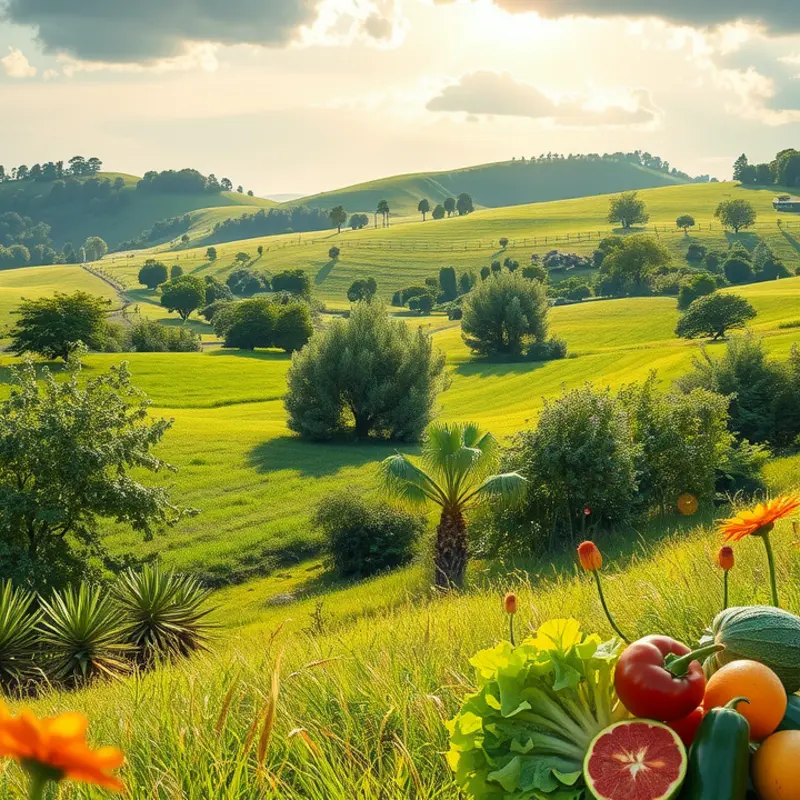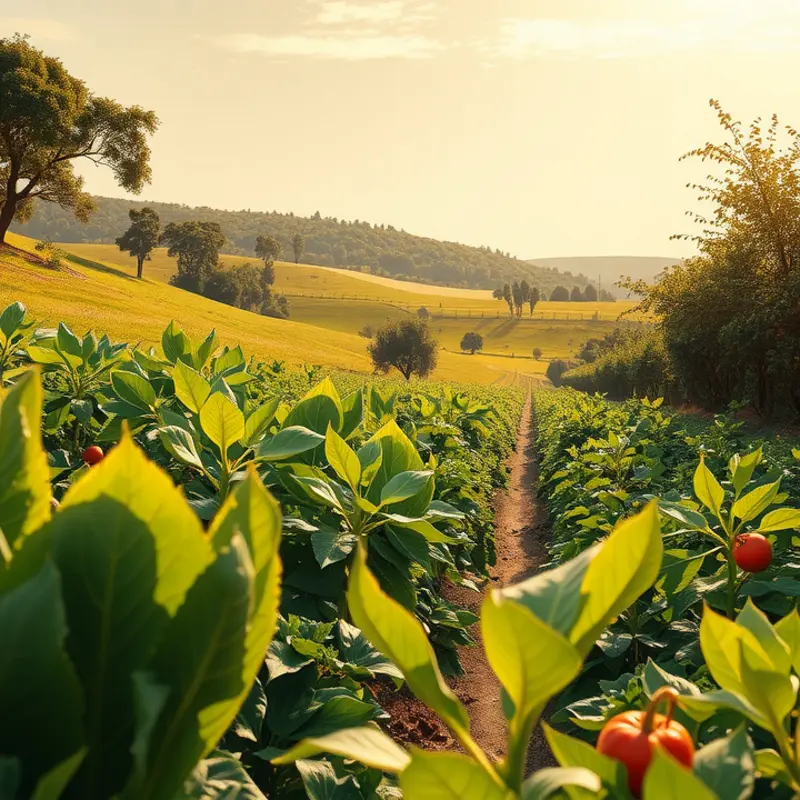Noticing browning or bruising on your fruits can be frustrating, especially when aiming to minimize waste and maximize freshness. Understanding how to properly handle and store fruits can significantly improve their longevity and quality. By implementing a few straightforward practices, you can enjoy better-tasting fruit while reducing your environmental footprint. Let’s explore effective tips to protect your produce from bruising.
Understanding Fruit Bruising: The Why and How

Fruit bruising is a common issue that can quickly lead to waste if not managed effectively. At its core, bruising occurs when the cellular structure within the fruit is damaged. This damage often results in brown spots, softened areas, and an unappetizing appearance. While it’s easy to attribute bruising to rough handling, several factors influence this process.
Physical stress is the most direct cause of fruit bruising. When you drop an apple or an orange, the impact can break cell walls and disrupt the fruit’s interior structure, leading to visible blemishes. Similarly, piling up fruits can exert excessive pressure, leading to a similar outcome. Understanding the fragility of different fruits can help in devising better storage strategies.
Temperature fluctuations also play a significant role in fruit bruising. When fruits are exposed to varying temperatures, like moving from a warm kitchen counter to a cool refrigerator too quickly, their cells can expand and contract. This process can weaken their structural integrity, making them more prone to bruising when handled. Therefore, maintaining a consistent temperature for storage can markedly reduce damage.
Certain fruits are more susceptible to bruising than others due to their structural characteristics. For instance, peaches and plums have delicate skins and soft flesh, making them particularly vulnerable. Berries, on the other hand, are very soft and have thin skins, making even minor handling a potential source of damage. On the sturdier side, fruits like apples and pears have tougher skins and firmer flesh, providing some protection against bruising, though they are not entirely immune.
To combat bruising, consider applying mindful techniques that can help extend the freshness of your fruits. Gentle handling during washing and storage can minimize the risk of damage. Ensuring fruits are not stacked too high can prevent pressure bruising. Additionally, understanding which fruits coexist well can optimize your storage. For example, ethylene gas emitted by apples can speed up ripening in surrounding fruits, which may lead to quicker spoilage.
For more ways to explore storing produce safely and sustainably, you can explore safer storage of sauces. While sauces differ from fruits, understanding principles of storage can enhance your overall kitchen management skills, reducing waste and conserving resources.
Understanding the mechanisms behind fruit bruising is a crucial step in managing it effectively. By being more conscious of the factors that lead to damage, you can turn your kitchen into a haven where fruits remain fresh longer, thereby reducing waste and enjoying better quality produce.
Practical Tips for Minimizing Bruising When Handling and Storing Fruits

To reduce bruising and prolong the freshness of your fruits, thoughtful handling and storage are paramount. Begin by choosing fruits without visible blemishes or soft spots during purchase. This initial selection step is crucial, as even small imperfections can shorten their shelf life.
Once you’ve selected your fruits, consider how you transport them home. Use padded bags or baskets to provide cushioning, reducing the risk of impact damage. Bags with soft, protective linings can also help. For added protection, you might line the bottom of these bags with a cloth or paper towel.
When storing fruits, it’s important to recognize that each type has specific needs. For instance, bananas should be kept at room temperature. They continue to ripen off the plant, and refrigeration can halt this process and affect their texture. For berries, breathable containers are ideal. They help maintain the right level of humidity and allow air circulation, which is key in preventing mold growth.
Avoid stacking fruits atop each other. Excessive pressure leads to bruising, especially for softer fruits. Instead, arrange them in a single layer or use separators if space is limited. This approach can be particularly useful for apples, peaches, and other tender fruits.
Reorganizing your kitchen to accommodate these needs can also be beneficial. Designate specific shelves or containers for each fruit type. This prevents unnecessary movement and reduces the risk of accidents.
Moreover, some fruits release ethylene gas, which speeds up ripening. Storing such fruits away from those sensitive to ethylene can extend their freshness. For example, keep apples and bananas separate from more delicate items like berries and avocados.
Finally, for a more sustainable approach to storage, consider incorporating eco-friendly techniques. Using reusable containers and natural preservation methods can aid in extending the life of your produce while minimizing waste. For more sustainable practices in the kitchen, explore eco-smart kitchen storage techniques.
By being attentive to the specific needs of your fruits and taking preventive measures, you can significantly minimize bruising and enjoy fresher fruits longer.
Final words
Taking the time to care for your fruits can lead to a world of difference in terms of taste and waste reduction. By understanding the causes of bruising and applying practical storage tips, you can enjoy an abundance of fresh fruit for longer periods. Remember to select fruits wisely, handle them with care, and provide them the best environment for storage. These small, consistent habits can lead to significant improvements in your food management practices at home, ensuring you make the most of your purchases.







